
People & Culture
On thin ice: Who “owns” the Arctic?
As the climate heats up, so do talks over land ownership in the Arctic. What does Canadian Arctic Sovereignty look like as the ice melts?
- 4353 words
- 18 minutes
This article is over 5 years old and may contain outdated information.
Exploration
An account of Enduring Ice, The Royal Canadian Geographical Society's 2017 Expedition of the Year
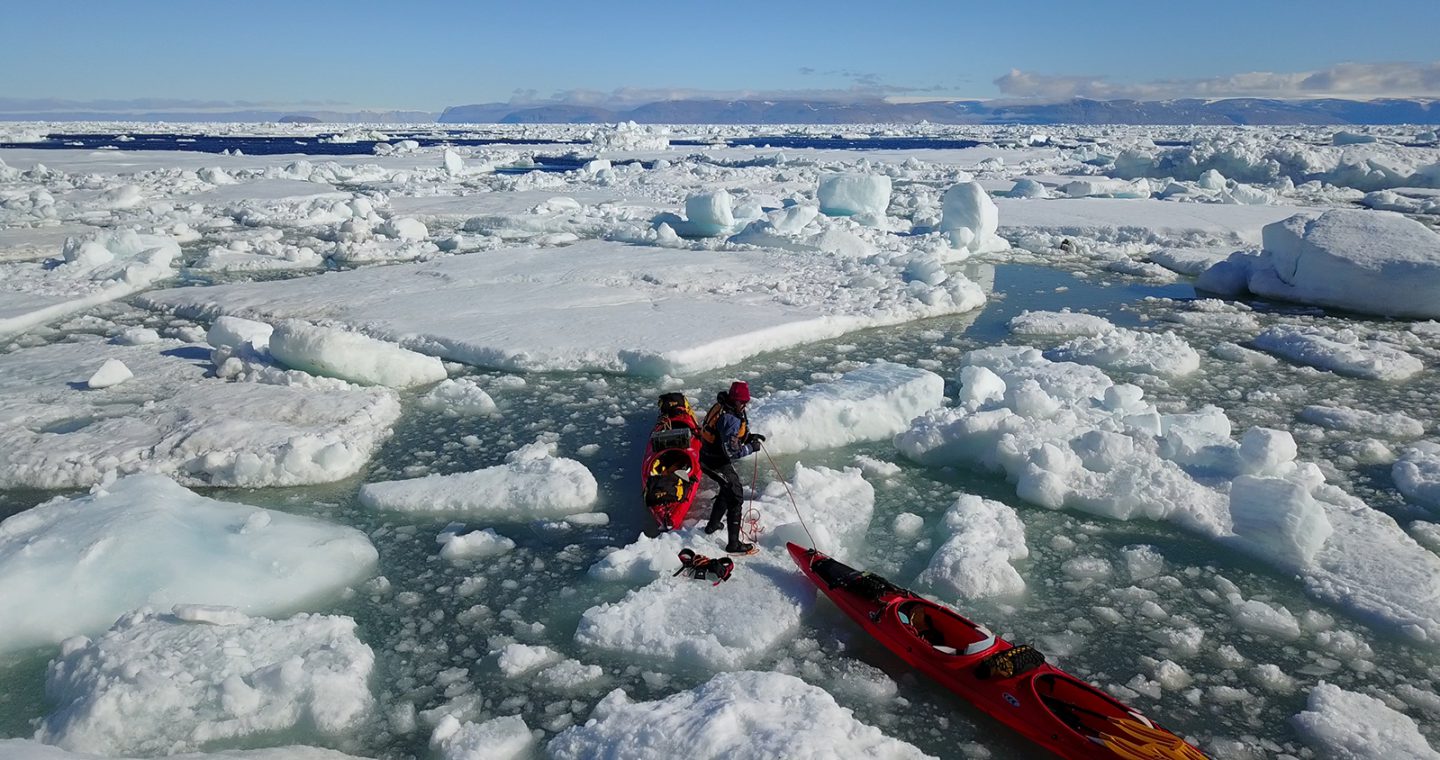
As a polar oceanographer, every time I give a presentation, I tell the room that sea ice is made up of floes — a kind of ice mosaic. I’ve dedicated six or seven slides to it in every single presentation since I was 21. So now, at 28 years old, I’ve spent a lot of time hammering that concept.
When I got to Nares Strait for our 33-day scientific research and documentary film project last summer, the strait was all soupy — an absolute disaster of a sea ice field. That means you can’t kayak in it. All of a sudden, this concept that I’ve spent all this time explaining to people is right in front of me — and it’s making me miserable. We barely paddled, and instead had to pull our kayaks for 12 hours a day. I actually tore my Achilles tendon on day seven hauling my kayak up a beach before a storm. We spent days at a time stuck in our tents, freezing and getting nowhere.
Think of Mars. That’s how I would describe the landscape. It’s above the treeline and barren, just windswept rocks and land, because there’s nothing to break the wind. There are steep cliffs that seemingly come out of nowhere, and huge chunks of ice just flowing past you, blown by the wind.
We embarked on this expedition to visualize how sea ice evolves and how these floes look in Nares Strait. We used drone photography for high-resolution videos of sea ice floes to understand what it looks like in that region. There are very few observations of sea ice floes at that scale. From satellite images, it’s hard to see that this stuff is all broken up, but when you’re standing next to it, it couldn’t be more obvious.
What we saw and experienced was indicative of the state of the Arctic. We know that sea ice is declining, but we also thought there were still big pieces of multi-year ice, which form ice bridges in the strait and keep the smaller pieces of ice from just flowing out of the Arctic. But when we got to Nares Strait, there was almost nothing like that.
—As told to Michela Rosano

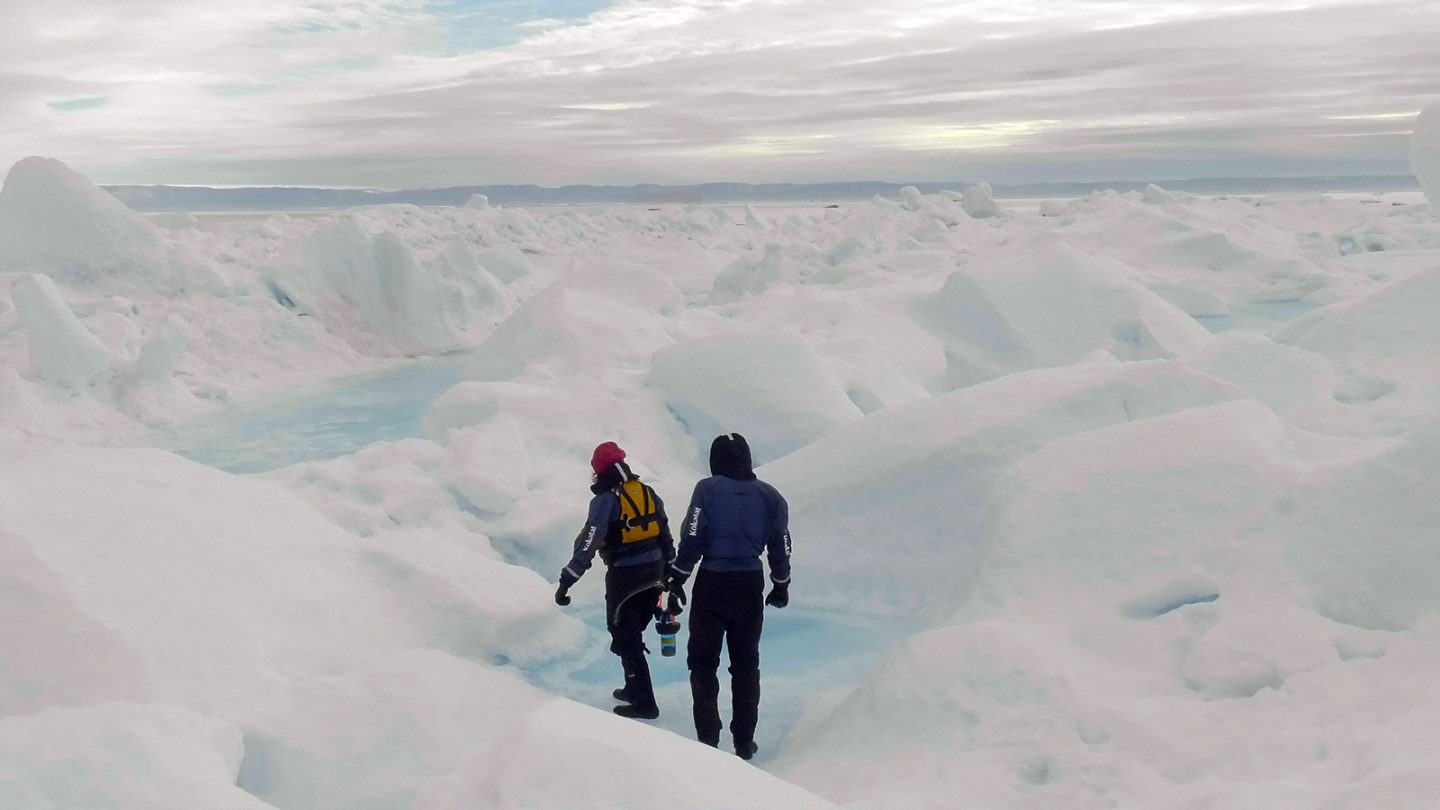
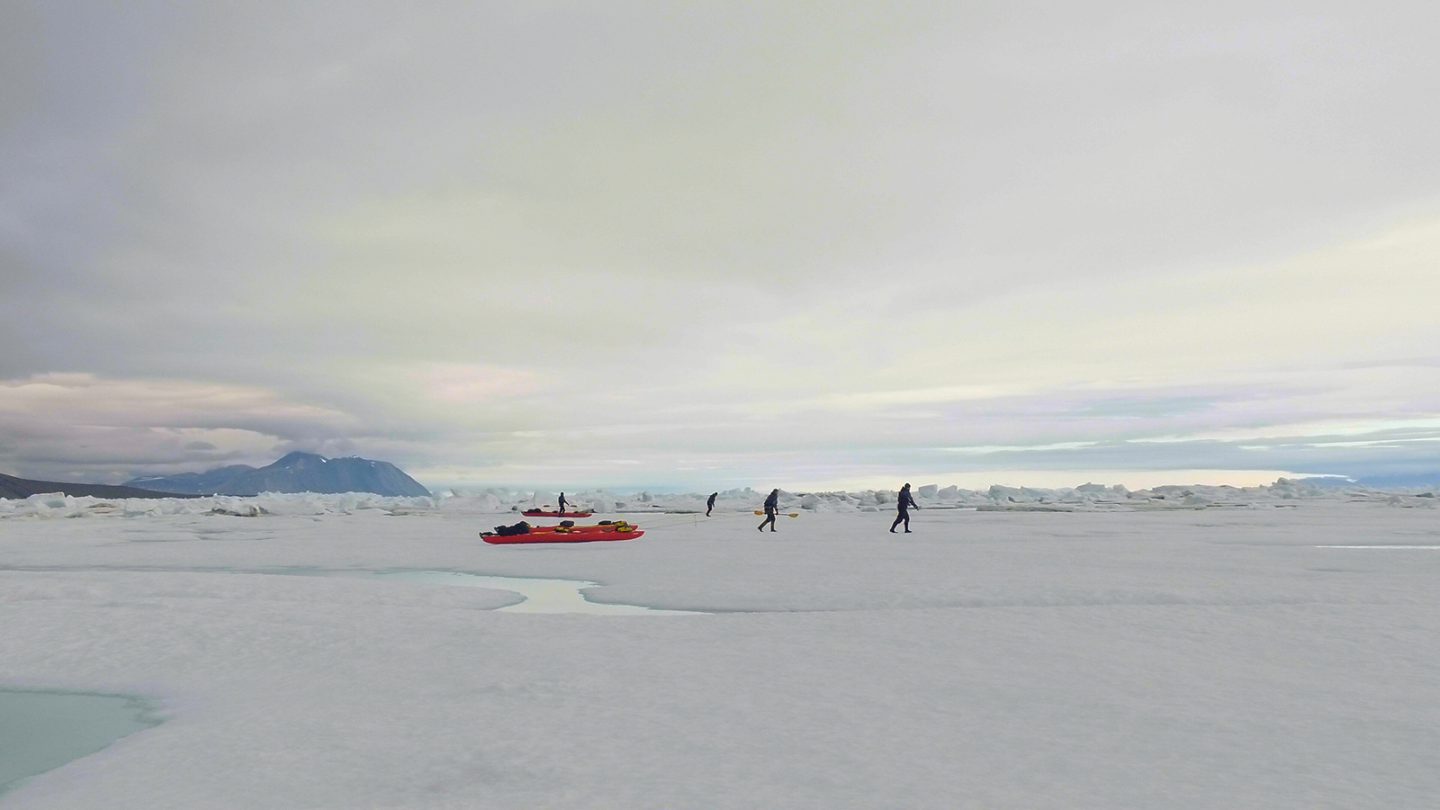

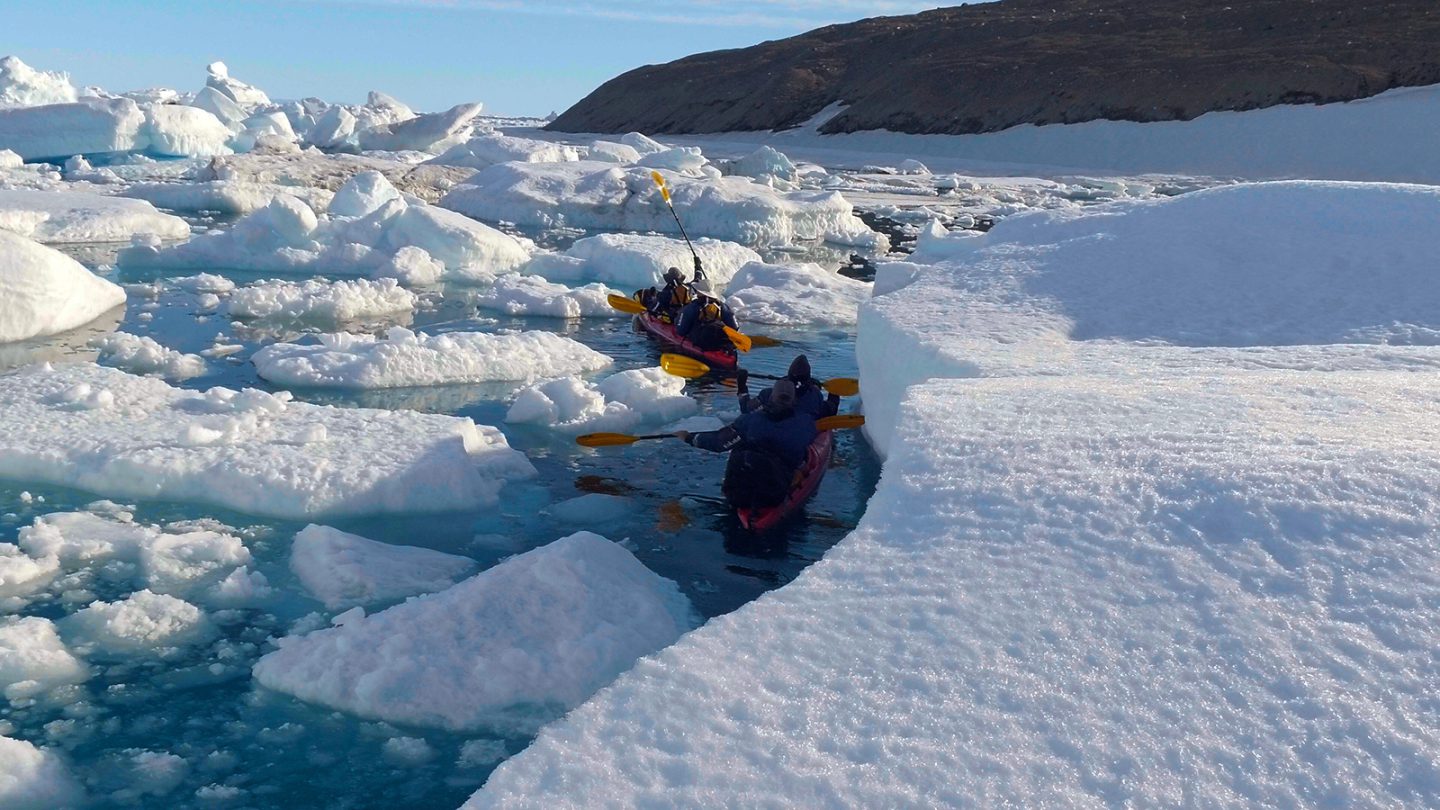
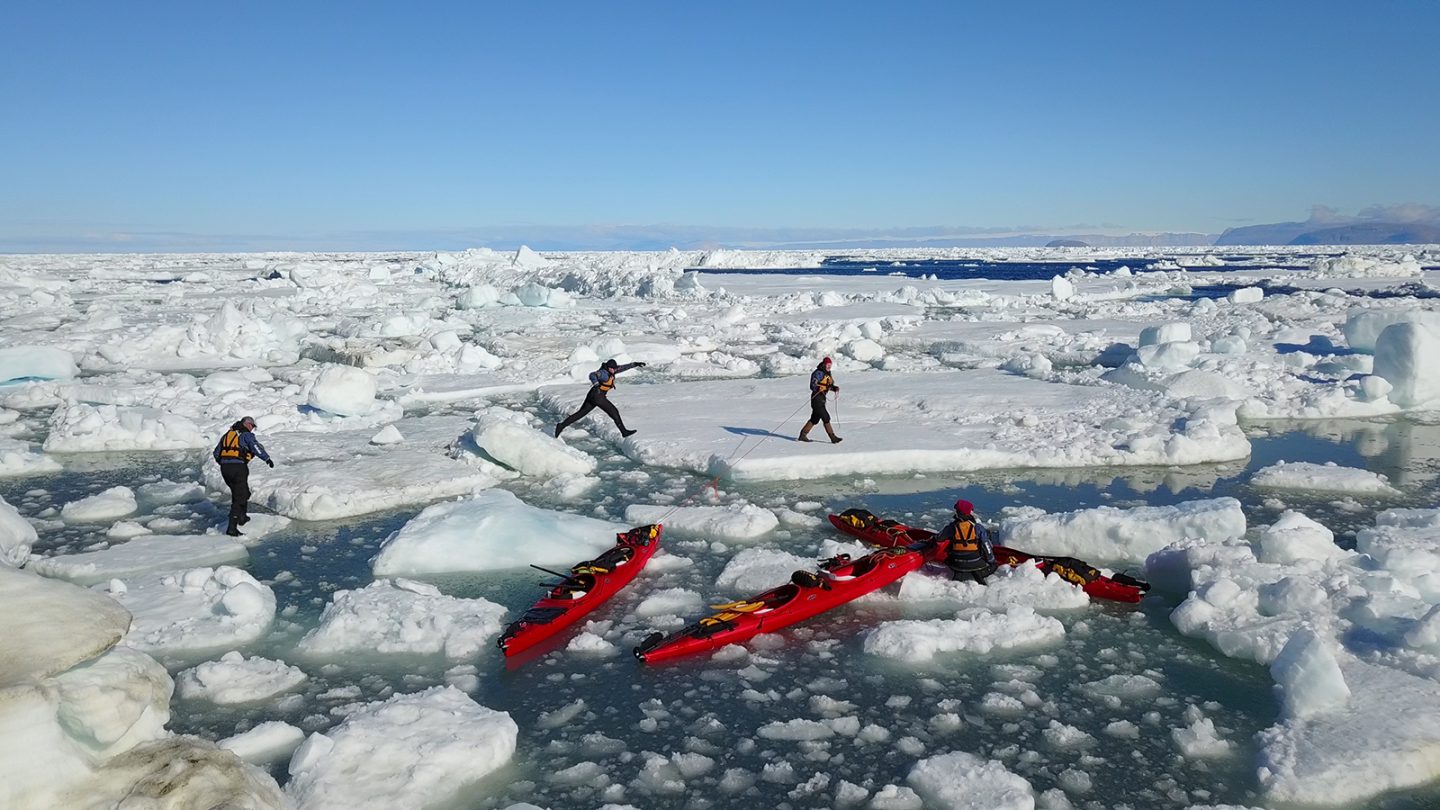



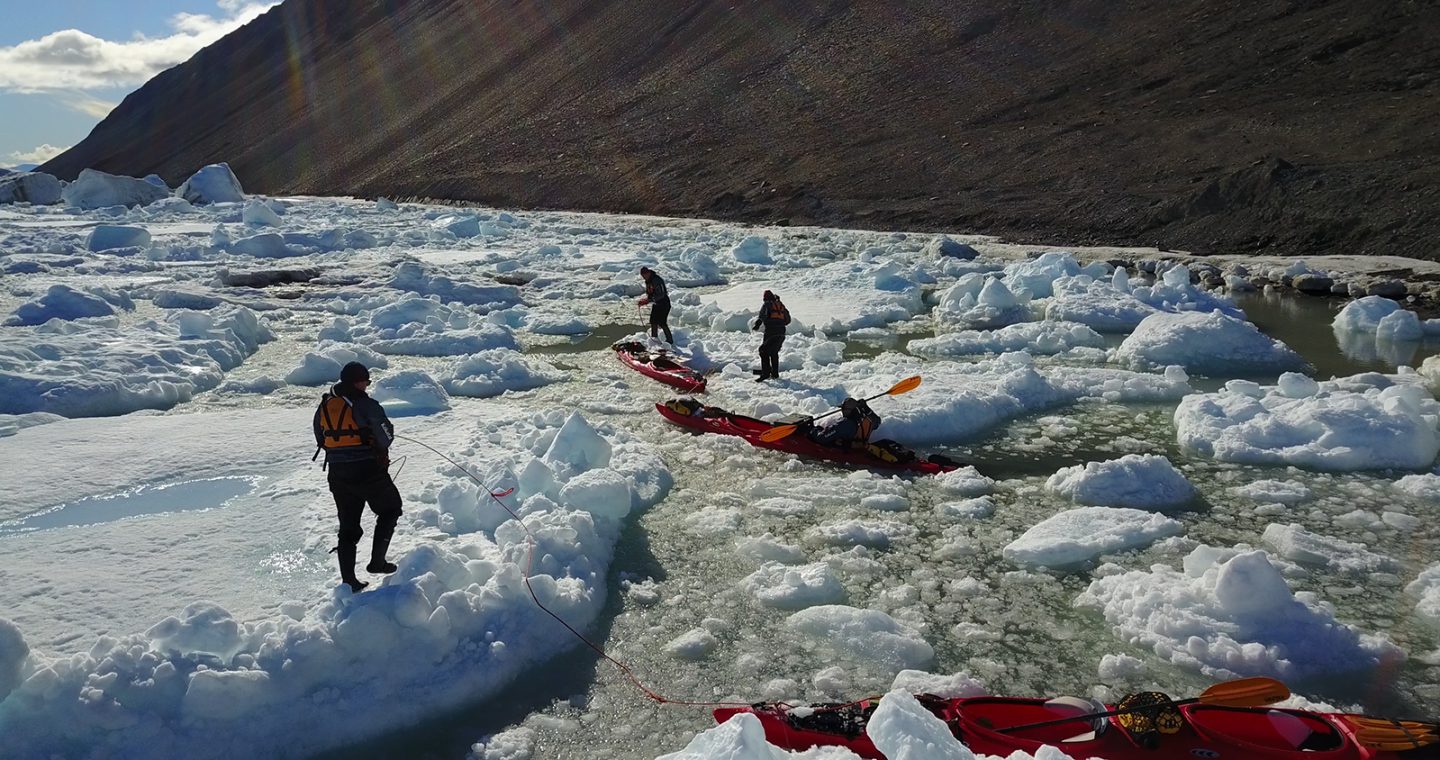
Are you passionate about Canadian geography?
You can support Canadian Geographic in 3 ways:

People & Culture
As the climate heats up, so do talks over land ownership in the Arctic. What does Canadian Arctic Sovereignty look like as the ice melts?
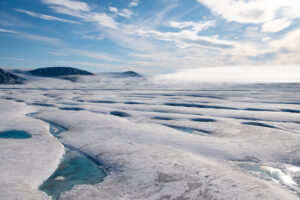
Environment
What the collapse of the Milne ice shelf and the loss of a rare Arctic ecosystem might teach us about a changing planet

Environment
As the impacts of global warming become increasingly evident, the connections to biodiversity loss are hard to ignore. Can this fall’s two key international climate conferences point us to a nature-positive future?

Environment
The uncertainty and change that's currently disrupting the region dominated the annual meeting's agenda